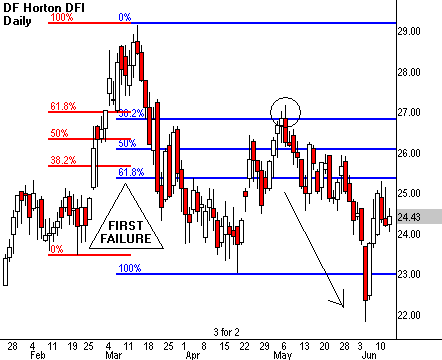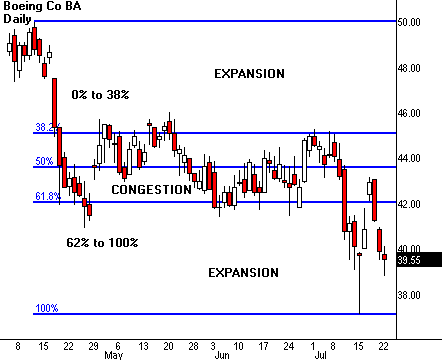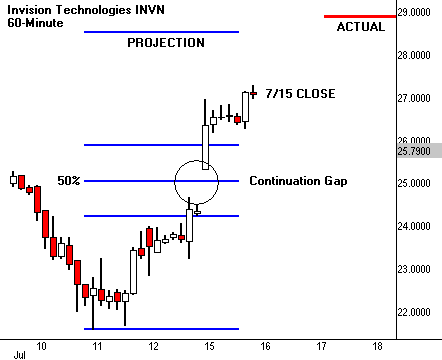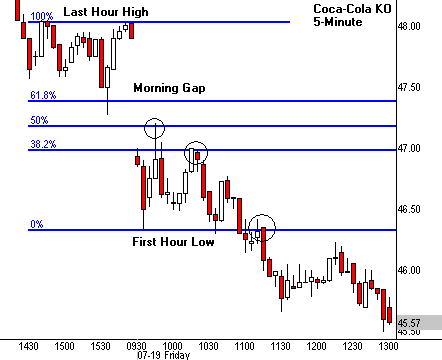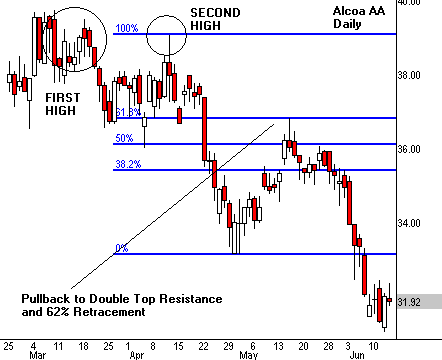Moving averages emit vital market data, but all of them exhibit one common limitation: They lag current events. By the time a 20-bar average curves upward to confirm a trend, the move is already underway and may even be over. While faster incarnations (such as exponential averages) will speed up signals, all of them ring the trading bell way too late.
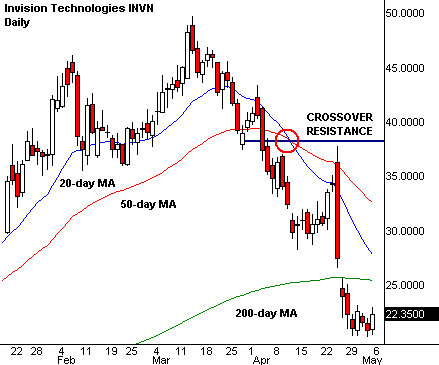
Multiple moving averages overcome many flaws of the single variety. They're especially powerful when used in conjunction with price patterns. For example, pick out a long-term and a short-term average. Then watch price action when the averages turn toward each other and cross over. This event may trigger a good trading signal, especially when it converges with a key support or resistance level.
Averages display all the common characteristics of support/resistance. For example, one average will often bounce off another one on a first test, rather than break through right away. Then, like price bars, the odds shift toward a violation and crossover on the next test. Alternatively, when one average can't break through another average after several tries, it sets off a strong trend-reversal signal.
Different holding periods respond to different average settings. One-to-three-day swing trades work well with averages that maintain a 3x to 4x relationship between shorter and longer periods. This allows convergence/divergence between different trends to work in the trader's favor.
For example, the daily chart may show a strong uptrend, while the 60-minute chart begins a deep pullback. A 40-day average will stay pointed in the trend direction for a long time, but a 13-day average (3x13=39) will turn down quickly, and head straight for the longer average. The point where they intersect represents a major support level.
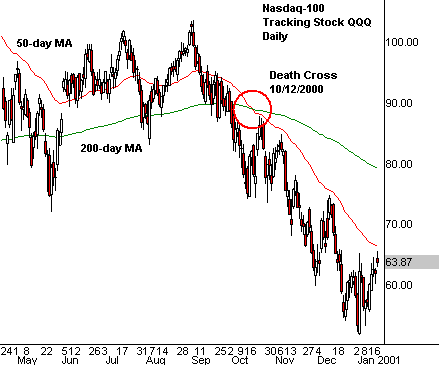
Crossovers mark important shifts in momentum and support/resistance regardless of holding period. Many traders can therefore just stick with the major averages and find out most of what they need to know. The most popular settings draw charts with a 20-day for the short-term trend, a 50-day for the intermediate trend and a 200-day for the big picture.
Long-term crossovers carry more weight than short-term events. The Golden Cross represents a major shift from the bears to the bulls. It triggers when the 50-day average breaks above the 200-day average. Conversely, the Death Cross restores bear power when the 50-day falls back beneath the 200-day. The 200-day average becomes major resistance after the 50-day average drops below it, and major support after breaking above it. When price gets trapped between the 50-day and 200-day averages, it can whipsaw repeatedly between their price extremes. This pinball action marks a zone of opportunity for swing trades.
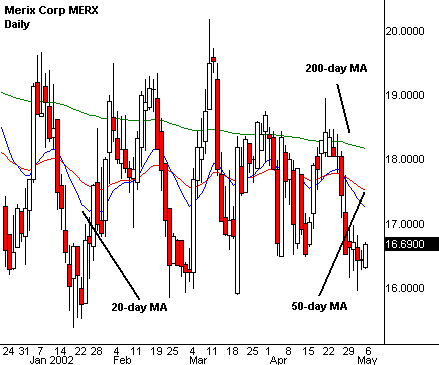
Crossovers add horsepower to many types of trading strategies. But try to limit their use to trending markets. Moving averages emit false signals during the "negative feedback" of sideways markets. Keep in mind these common indicators measure directional momentum. They lose power in markets with little or no price change.
For years, technicians have tried to filter crossover systems through trend-recognition formulas in order to reduce whipsaws. You can try this for yourself, or just look for price patterns that tell you the crossovers are worthless.
Persistent rangebound markets limit the usefulness of all types of average information. All moving averages eventually converge toward a single price level in dead markets. This flatline behavior yields few clues about market direction. So stop using averages completely when this happens, and move to oscillators (such as Stochastics) to predict the next move.











